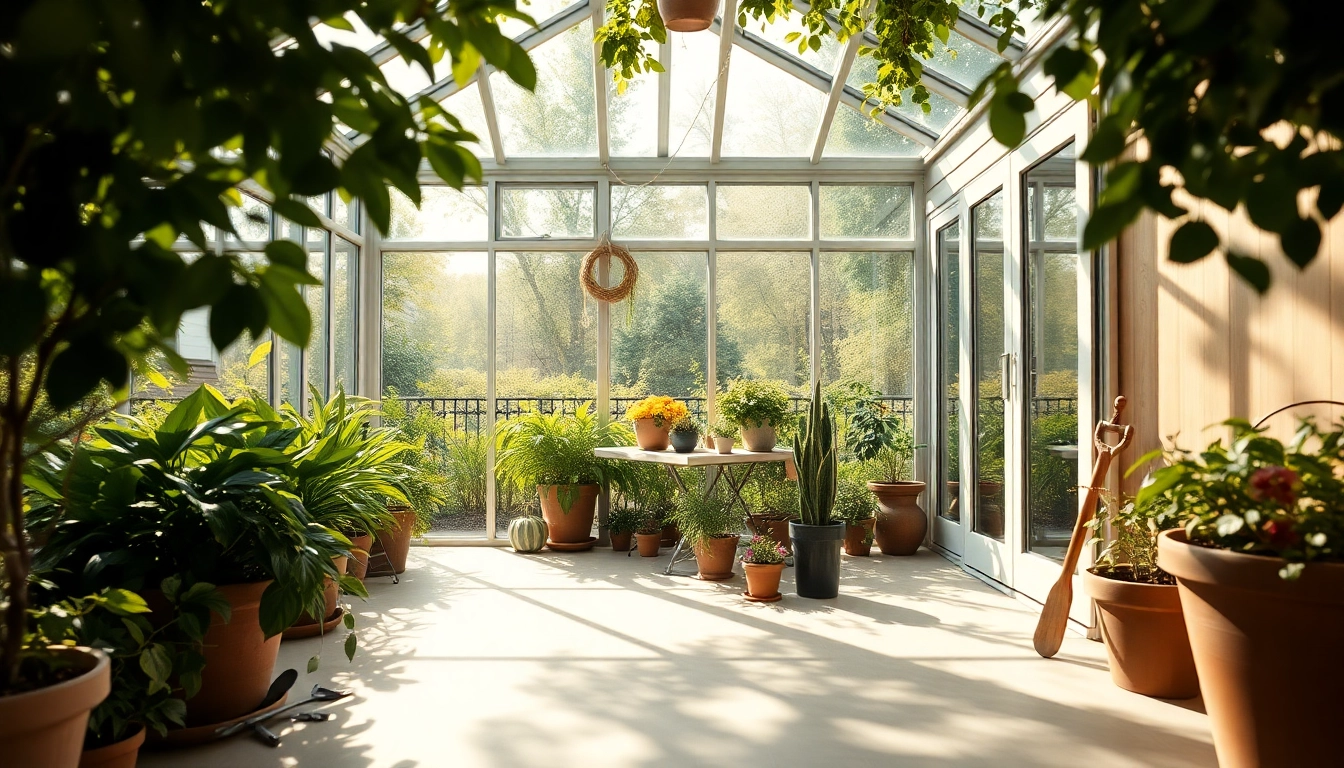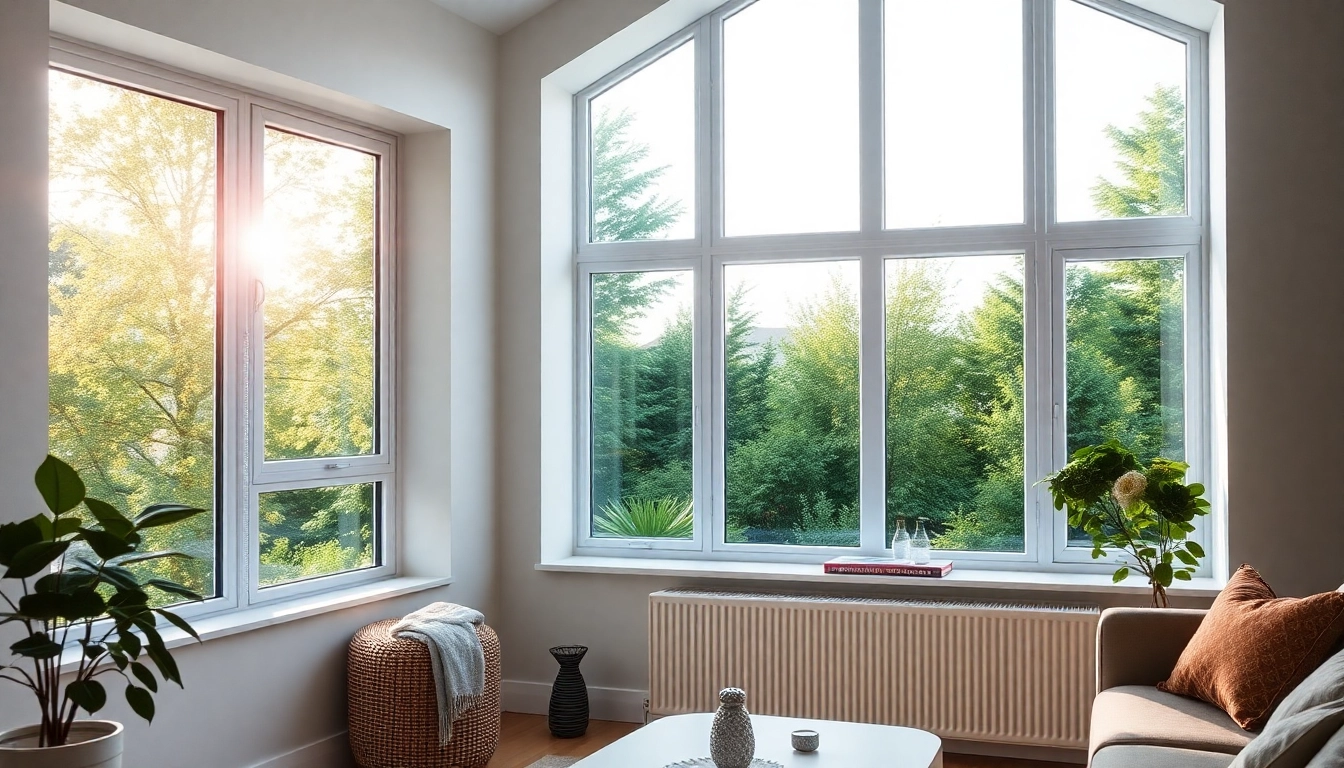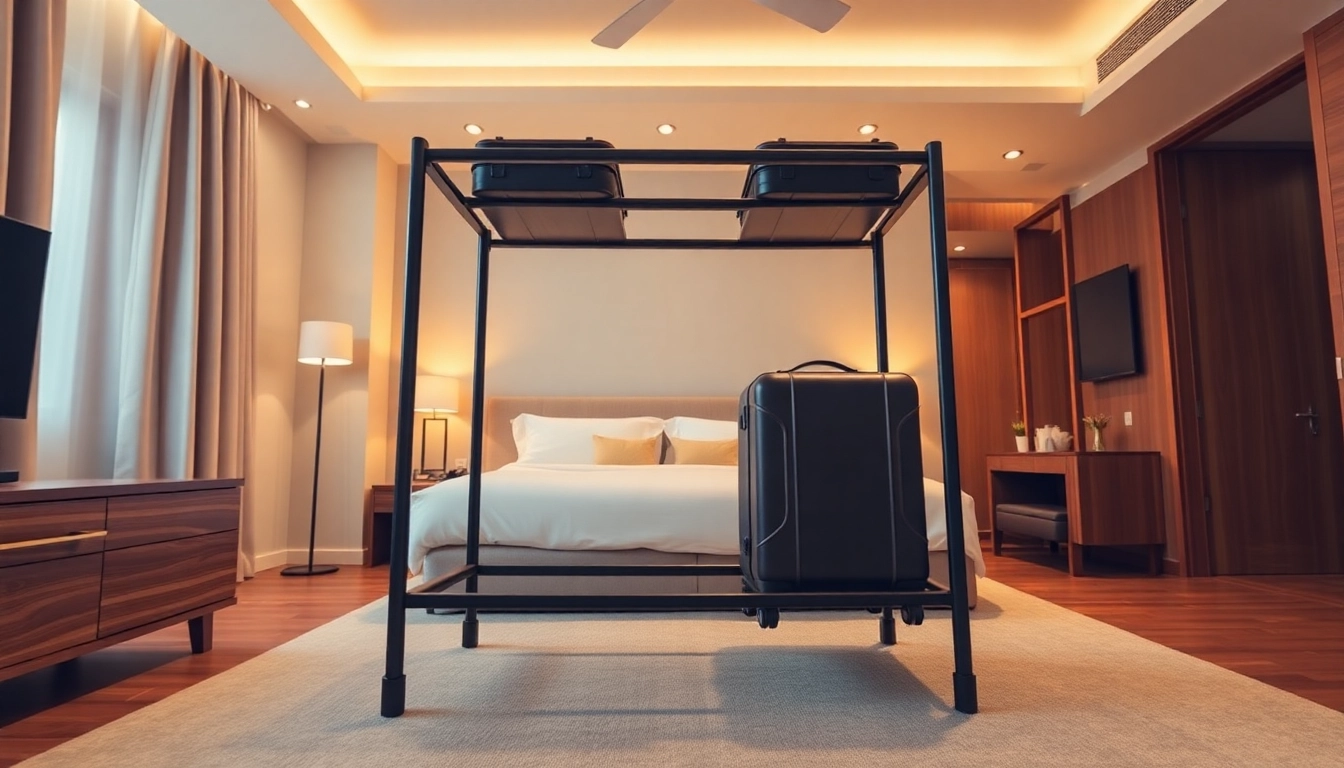Understanding the Benefits of Attached Greenhouse Sunroom
Integrating an attached greenhouse sunroom into your home offers a myriad of benefits that meld lifestyle improvements with practical advantages. Not only does it create a serene space for relaxation, but it also enhances home aesthetics, sustainability, and productivity. Let’s explore these multifaceted benefits in detail.
How an Attached Greenhouse Sunroom Enhances Home Value
Adding an attached greenhouse sunroom is more than just a home improvement project; it’s a long-term investment. Properties with features like these are often perceived as more desirable in the real estate market. Here’s how:
- Increased Square Footage: A well-designed greenhouse sunroom adds valuable living space, which directly contributes to the overall square footage of your home.
- Aesthetic Appeal: The sleek, modern designs of glass sunrooms can enhance curb appeal, attracting potential buyers’ eyes.
- Functionality: This adaptable living area can be used for various purposes, such as a home office, reading nook, or a plant haven, appealing to a wide range of homebuyers.
Studies have shown that homes with sunrooms can increase resale value by 5 to 15%, making it a worthwhile enhancement for homeowners considering future sales.
Environmental Advantages of an Attached Greenhouse Sunroom
With growing concerns over climate change and environmental conservation, the attached greenhouse sunroom serves as a small but impactful solution:
- Energy Efficiency: These sunrooms can reduce heating costs in the winter by capturing and utilizing solar energy.
- Carbon Footprint Reduction: By allowing homeowners to grow their own plants and vegetables, they can decrease reliance on store-bought produce, contributing to lower carbon footprints.
- Air Quality Improvement: Plants naturally purify the air, providing healthier indoor environments and improving overall quality of life.
Space Optimization with Attached Greenhouse Sunroom
Utilizing your existing housing footprint is another compelling reason to consider an attached greenhouse sunroom:
- Maximizing Under-Utilized Areas: Transforming idly-used patio or deck space into a thriving sunroom not only provides a purpose for previously unused areas but also capitalizes on the property’s design.
- Flexible Space: The versatility of an attached greenhouse sunroom can accommodate various family needs, whether for plant care or leisure activities.
Key Features of an Ideal Attached Greenhouse Sunroom
Design Elements for Functionality and Aesthetics
The success of an attached greenhouse sunroom lies significantly in its design. Key elements include:
- Orientation: Positioning the structure to maximize sunlight while safeguarding against excessive heat or cold is crucial.
- Incorporation of Biophilic Design: Integrating natural materials, colors, and forms can create a space that feels organic and enhances wellbeing.
- Versatile Layout: An open floor plan with adequate access to light will facilitate various activities, from gardening to casual gatherings.
Materials Used for an Attached Greenhouse Sunroom
Choosing the right materials will ensure durability and aesthetic appeal:
- Glass: High-performance glazing options can help regulate indoor temperature and provide UV protection.
- Wood and Metal Framing: Strong yet visually appealing frameworks such as cedar or aluminum can provide both stability and beauty.
Essential HVAC Considerations
For year-round comfort, proper heating, ventilation, and air conditioning (HVAC) are vital:
- Heating: Options like in-floor heating or wall-mounted electric heaters can provide consistent warmth during colder months.
- Ventilation: Automatic vent systems can help manage air flow and temperature, ensuring your plants thrive.
Planning Your Attached Greenhouse Sunroom Space
Choosing the Right Location for Maximum Sunlight
The placement of your attached greenhouse sunroom is instrumental in its effectiveness:
- Orientation: South-facing sunrooms typically receive the most sunlight, essential for plant growth.
- Shade Management: Consider nearby trees or buildings that could block sunlight and plan accordingly.
Considerations for Size and Layout
Determining the appropriate size involves assessing both your needs and space constraints:
- Usage Plans: Will it be primarily for plants, or will it also serve as a lounge area? Establishing this early on can shape your size decision.
- Access: Ensure the layout allows for easy movement both in and around your attached greenhouse sunroom.
Building Regulations for Attached Greenhouse Sunroom
Before beginning construction, understanding local building regulations is critical:
- Zoning Laws: Check for any zoning restrictions related to your attached greenhouse sunroom.
- Permits: Typically, you’ll need a building permit; consult your local authority for specific guidelines.
Plant Selection and Care in an Attached Greenhouse Sunroom
Best Plants for Aesthetic Appeal and Growth
Choosing plants for your greenhouse sunroom can enhance both beauty and air quality:
- Foliage Plants: Varieties such as ferns and philodendrons add lush greenery and require minimal upkeep.
- Flowering Plants: Options like orchids or begonias can introduce vibrant colors into your space.
- Herbs and Vegetables: Consider growing basil, parsley, or tomatoes, which can enhance your culinary experiences.
Care Techniques for Plants in an Attached Greenhouse Sunroom
Proper care ensures the longevity and vibrancy of your plant choices:
- Watering Routine: Develop a watering schedule based on your plant needs, keeping in mind that humidity levels in a greenhouse can affect watering frequency.
- Fertilizing: Regularly feed your plants with appropriate fertilizers based on individual plant needs for optimal growth.
Seasonal Plant Rotation Strategies
To maintain a thriving environment, consider seasonal rotations:
- Warm-Weather Plants: Move in thriving summer plants during the warmer months, providing fruits and flowers.
- Cool-Weather Vegetables: Transition to cooler-season crops in the fall and winter to maximize year-round production.
Maximizing the Enjoyment of Your Attached Greenhouse Sunroom
Creating a Relaxed Atmosphere with Decor
Design your attached greenhouse sunroom to promote tranquility and relaxation:
- Seating Arrangements: Including comfortable seating invites relaxation, whether you prefer reading, meditating, or engaging in conversation.
- Natural Accents: Incorporate elements such as wooden furniture or stone pathways to enhance natural aesthetics.
Using Technology for the Best Environment
Smart technology can significantly enhance your greenhouse experience:
- Climate Control Systems: Automated thermostats help manage temperature and humidity levels effectively.
- Smart Sensors: Incorporate moisture sensors to alert you when plants need watering or when temperature adjustments are needed.
Engaging in Gardening Activities Year-Round
Your attached greenhouse sunroom provides an all-year-round platform for gardening activities:
- Workshops and Classes: Host events to teach neighbors and friends about plant care, creating a community around your sunroom.
- Personal Projects: Use this space to explore your passion for gardening without the constraints of external weather conditions.



